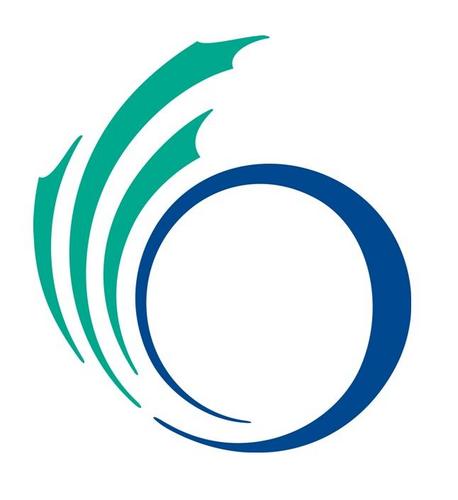Under the Medical Priority Dispatch System, or MPDS, ambulances will be dispatched based on answers to detailed questions, and according to five colour-based levels based on the “acuity” of the situation.
Top-priority calls are now marked as “purple,” which indicates there are immediate life-threatening conditions, where time is critical. This accounts for about two per cent of calls.
Next on the priority list is “red,” which means emergent and potentially life-threatening, representing about 38 per cent of calls. Time is sensitive in these cases.
“Orange” is urgent and potentially life-threatening. Time may be a factor. This accounts for 17 per cent of calls.
“Yellow” is non-urgent, but potentially serious. Time is sensitive. It’s about 19 per cent of calls.
“Green” is non-urgent and not serious, with no immediate threat to life, and it may be deferred without detriment to the patient’s outcome. This is about 24 per cent of calls.



No no. Broken bones would probably be Orange. Some bone breaks are potentially life threatening by themselves (pelvis, femur, and skull/spine obviously), and then if they break through the skin that really changes things. Part of this that the call-taker and dispatcher make an informed assessment on the situation based on the information given over the phone.
BC uses this exact system and has for some time. However, they haven’t implemented Green calls yet so they get lumped into Yellow. An example of a Green call might be more like “I accidentally left my daily medication in my pocket when I was doing laundry and the only pharmacy in town isn’t open until 2 days from now and I have no way to get to the hospital by myself”.
Everyone’s got different life situations so scenarios like that one really do come up and they do need caring for, but any reasonable person would agree that they’re in a different category than “I think I’m having a heart attack”
Thanks for the insight! Love to see this sort of thing on Lemmy!
I couldn’t have answered the question if you didn’t ask it.